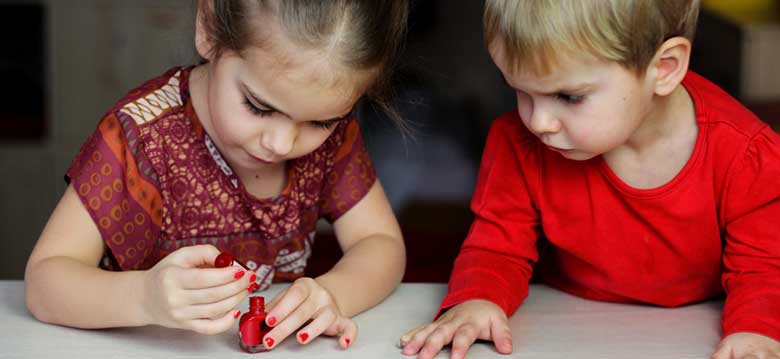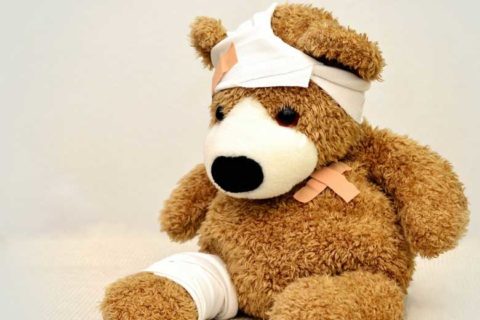Breaking a Nail-Biting Habit (Part 2)

In the last post, we discussed the negative effects that nail-biting can have on your have on oral and general health for both you and your kids, and we promised that we’d chime in soon with some strategies for helping you break this common habit. We all know, of course, that breaking long-time habits are more easily said than done. Everyone is different, and most people will probably find it most effective to use a combination of strategies to kick this habit to the curb.
- Paint your nails. Yes, we know. This is the most common strategy, and you already knew that. Maybe you’ve already tried it, and it didn’t help. But did you know that there’s a bitter-tasting nail-polish available that’s particularly for people who are trying to quit biting their nails? It might be worth a try, and if that product doesn’t work for you, then you can subtly pass it onto a friend who also needs to stop chewing their nails. Some people also use nail stickers and find that more effective than polish.
- Keep your nail care tools in handy locations. Have nail clippers or a file accessible throughout your day: in your car, in your bag, in your office desk drawer, or wherever else you spend a lot of time. We all know how annoying it is to break a nail or discover a hangnail, and frankly, if you don’t have nail care tools available to you, you’re going to follow that urge to use your teeth to correct the problem. We don’t blame you. We’d all do the same thing. Protect your teeth and your nails by having the proper nail care tools accessible! General PSA along these lines: most people find that keeping their nails trimmed very short is helpful.
- Get a manicure. Yeah. This is the whole “you value what you pay for” rationale. Sad but true: we are more likely to take care of something that we just paid $25 to get. Having a good excuse to get some self-care can hardly be a bad thing, though, right?
- Find positive stress relievers. Since nail-biting is often a subconscious response to anxiety or stress, incorporate other healthier stress-relieving habits. Try yoga, breathing exercises, working out, and other mindfulness practices that can channel your energy.
- Positive peer pressure. Give your close friends or good-natured co-worker permission to ping you when they notice you chewing your nails.
- Notice your triggers. Awareness is a huge factor in breaking out of bad habits. Try to be aware of the situations or emotions that usually trigger your nail-gnawing. Do you bite your nails when you are bored, nervous, irritated? Do you tend to do it more at home, at work, or in particular social settings? If you can identify what usually prompts this behavior, then you can come up with other ways to handle your needs in those circumstances: chewing gum, using a fidget device, playing with a pen, doodling on paper during those crazy conference calls, etc.
- Develop a reward system. This can work for you or your kids, and you can set it up in terms of daily or weekly rewards. What motivates you? What motivates your child? Stickers? Ice cream? A trip to the dollar store?
Once again, we suspect you’ll need to use a combination of these ideas! If you’ve successfully broken the nail-biting habit, we’d love for you to let us know what helped you.


